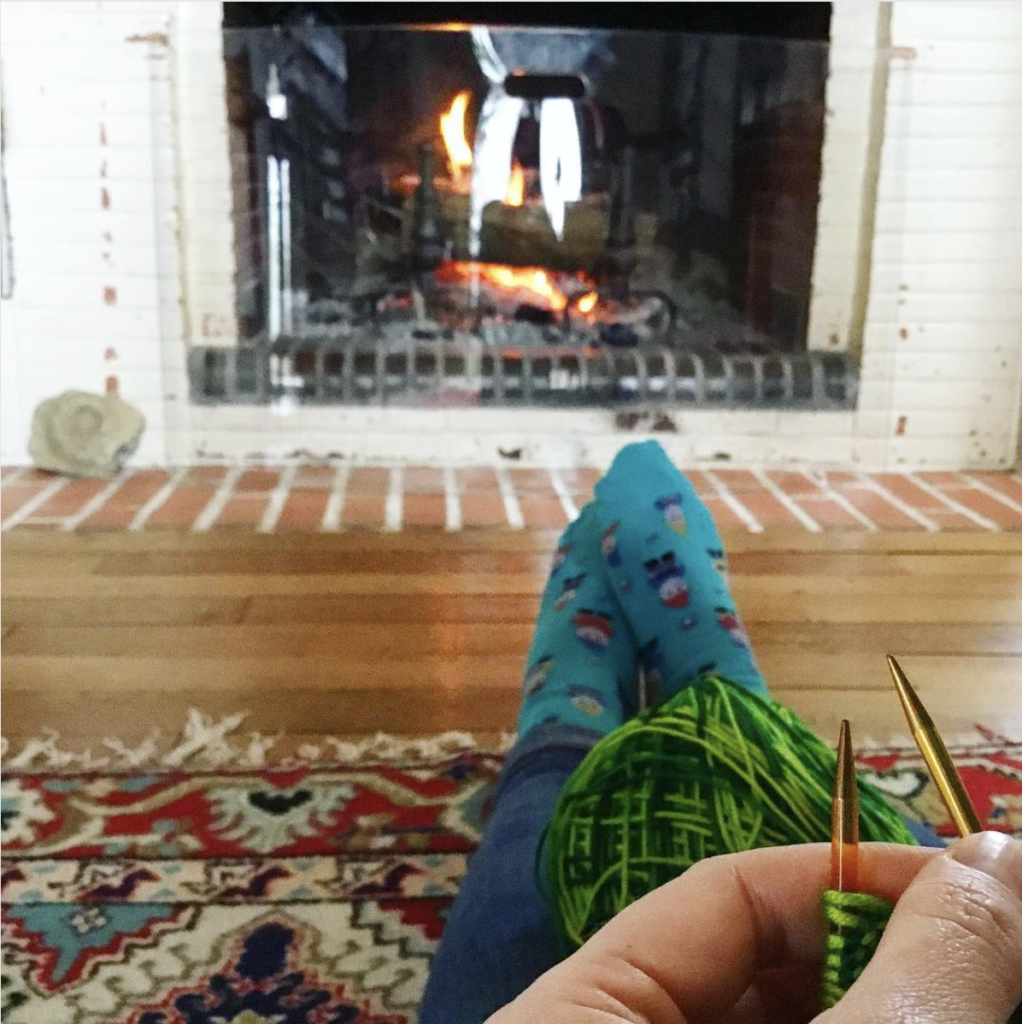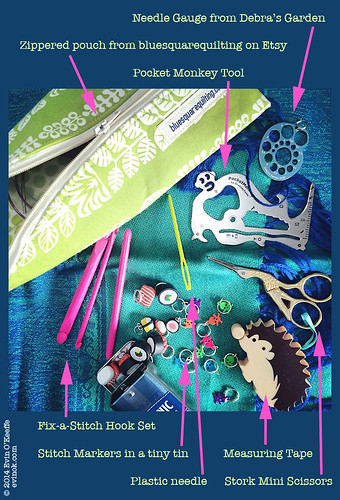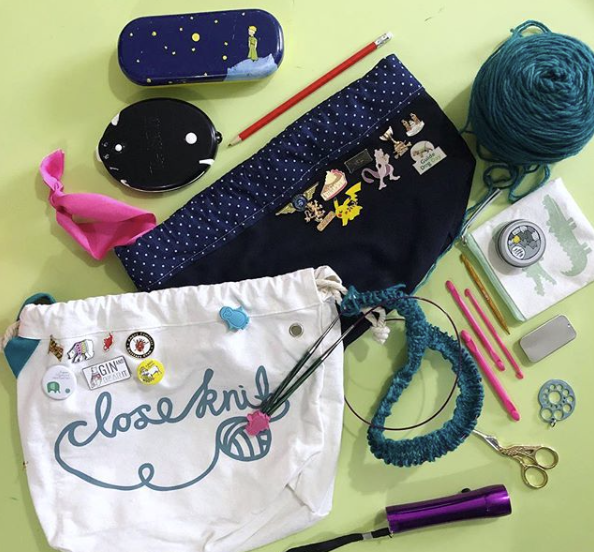Knitting is a method of creating fabric by interlocking loops of yarn or thread. To knit, you will need two knitting needles and some yarn.

How to Knit
To start, hold one needle in each hand. The needle in your right hand will be called the “working needle,” and the needle in your left hand will be called the “holding needle.”
To create a new stitch, start by making a slip knot in the yarn and placing it on the working needle. Then, hold the holding needle in your left hand and the working needle in your right hand. Use the working needle to reach under the yarn that is connected to the slip knot, and then use the working needle to pull a loop of yarn through the slip knot. This creates a new stitch on the working needle. You may then let the stitch on the holding needle slip off because it has created the next stitch on the working needle.
To create additional stitches, you can use several methods including yarn over and knitting into the front and back of the holding needle stitch. For a yarn over, abbreviated as YO, you make a loop around the working needle at any time (but not at the very start or very end of a row) then proceed with normal knitting. When you go to the next row, that YO is knit/purled into to create an additional stitch and the YO itself will appear as a decorative eyelet. To create a stitch by knitting through the front and back of the holding needle stitch, abbreviated as Kfb, knit as usual but do not let the holding needle stitch slip off, instead continue to reach under the yarn with the working needle and pull a new loop through the back of that stitch to add another stitch on to the working needle. This will create two stitches on the working needle from one stitch.
To change rows, turn your work around which switches the needles so that the holding needle becomes the working needle and the working needle becomes the holding needle. This will allow you to create a new row of stitches. If working in the round, continue in a circular knitting fashion as the pattern dictates.
Knitting involves a series of steps that are repeated to create fabric. By practicing and following these steps, you can learn how to knit and create your own fabrics.
For video tutorials, I recommend Carol Feller’s website. She has a set specifically to help beginner knitters. Her Knit Basics section is very helpful.

Knitting Essentials
I’m including some links to knitting essentials and learn to knit kits I admire or use myself, as well as good starter patterns.

Needle Gauges are so useful. In my kit is Debra’s Garden Metal Needle Gauge though this KnitPro Needle Gauge or Susan Bates Knit-Chek Needle Gauge are similarly compact and more budget-minded so you have options.
Stitch Markers are essential for in-the-round, shawl, or intricate patterns. I made the big sushi and pirate skull & crossbones stitch markers myself while my friend Marseille made the tiny sushi stitch markers. Here’s the tutorial I wrote up on how I made mine. Or you can buy sets, like these:
• Glow-in-the-dark set from The Little Grey Girl.
• Bee-themed set with bracelet from An Caitin Beag.
• PythonCharms set from Stolen Stitches in Cork, Ireland
Fix-a-Stitch Crochet Hook for picking up and fixing a dropped stitch.
Measuring Tape. This little one is handy. This one is lightweight and available from Stolen Stitches in Cork, Ireland.
Plastic Needle for weaving in the ends. I like when my plastic sewing needles are in bright colors so they’re easy to spot, but almost any plastic needle will do.
Embroidery Scissors for trimming when done or switching colors. I usually travel with this folding pair or this pair, but I want this pair that resembles the Eiffel Tower. This pair of classic stork scissors is from Maria’s Wool Shop in Ireland. Scissors are allowed by TSA in carry-on when blades are under 4 inches.
Knitting needles are a personal choice and can be straight or short iand attached to a cord. I prefer using short wood interchangeables and instead of DPNs, I opt for Addi CrasyTrio or Flexi Trios. Knitting needles are allowed by TSA in carry-on and checked baggage. I write more about traveling with knitting in this post.
Zippered Accessory Pouch for holding all these tools. Here are a few options:
• Neon Knitting Case from SpringWools in Ireland
• Accessory pouches from Maria’s Wool Shop in Ireland
Project Bag to hold the knitting project and little zippered pouch of tools.
• Drawstring catchall with bees from Maria’s Wool Shop in Ireland
• Small project bag from Winnie the Wool Wagon in Ireland
• Bee Skep Drawstring Project Bag from Maria’s Wool Shop in Ireland
• ‘Time to Knit’ project bag from Stolen Stitches in Cork, Ireland

First Projects: Kits & Patterns
Knitting Starter Kit from Stolen Stitches by Carol Feller
Taffy Twist Cowl by Evin Bail O’Keeffe
Scheepjes Learn to Knit ‘Storm Cowl’ Kit from Maria’s Wool Shop in Ireland
Fair isle hat complete knitting kit from Maria’s Wool Shop in Ireland
Knitting can help relieve stress, anxiety, and fidgeting, but also it gives a great sense of productivity while relaxing. You can knit for your enjoyment and fulfilment, no one else, but if you enjoy making gifts that is also possible with this skill.
